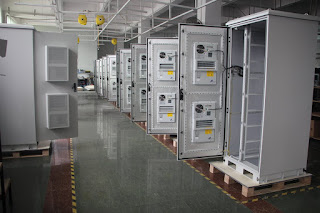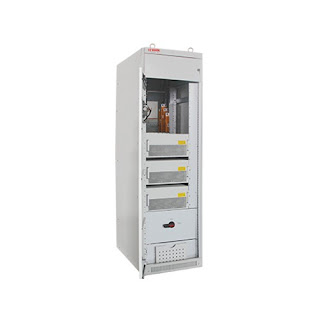Difference between Hot-rolled Steel and Cold-rolled Steel for Outdoor Integrated Cabinet

1.Appearance and surface quality Because the cold plate is obtained after the cold rolling process, and cold rolling also carries out some surface finishing, the surface quality of the cold plate (such as surface roughness) is better than that of the hot plate. Therefore, if there is a higher requirement for the coating quality such as post-sequence painting, cold plate is generally chosen. In addition, hot plate is divided into pickling plate and non-pickling plate. The surface of pickling plate becomes normal metal color because of pickling, but the surface is still not as high as cold plate because of non-cold rolling. The surface of non-pickling plate usually has oxide layer, blackening, or iron oxide black layer. Popularly speaking, it’s like it’s burned, and it’s usually rusty if the storage environment is not good. 2.Performance Generally, the mechanical properties of hot plate and cold plate are considered to be indistinguishable in engineering. Although there is some

